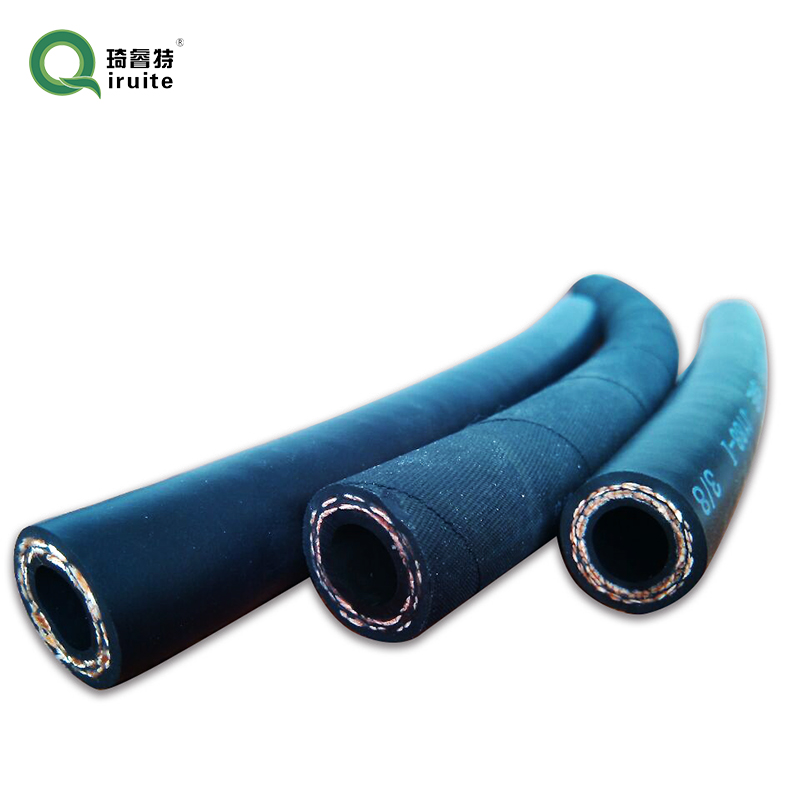brake tubing
Understanding Brake Tubing A Critical Component in Automotive Safety
Brake tubing is an essential element of a vehicle's braking system, playing a critical role in ensuring driver and passenger safety. This vital component is primarily responsible for transporting brake fluid from the master cylinder to the brake calipers or wheel cylinders, enabling the brakes to function effectively. Understanding the importance, types, and maintenance of brake tubing can help enhance safety and vehicle performance.
At the core of any vehicle's braking system, brake tubing must withstand high pressure and extreme conditions. The brake fluid, which is hygroscopic (absorbs moisture), can corrode less durable materials over time. For this reason, brake tubing is commonly made from copper, steel, or specially-coated materials that enhance durability and resistance against corrosion. Copper has traditionally been used due to its easy malleability, but modern vehicles often utilize stainless steel tubing for its enhanced strength and minimal susceptibility to rust.
There are generally two types of brake tubing hard lines and flexible hoses. Hard lines are typically used in the main sections of the brake system, providing a rigid pathway for the brake fluid. These lines are ideally suited for long runs where flexibility is not required. Conversely, flexible hoses are employed at points where movement is present, such as at the wheels. These hoses allow for the necessary movement of suspension components without compromising the integrity of the hydraulic system.
brake tubing

Regular inspection and maintenance of brake tubing are crucial for ensuring safe vehicle operation. Brake lines can develop leaks due to corrosion, wear and tear, or improper installation. Drivers should routinely check for any signs of fluid leakage, especially around connections and joints. If any corrosion or damage is identified, it’s vital to have the tubing replaced immediately to avoid brake failure.
Moreover, understanding the signs that indicate brake tubing issues can help in preemptive maintenance. Symptoms such as a spongy brake pedal, reduced braking efficiency, or the presence of brake fluid on the ground should never be ignored. These can often indicate that there is an issue with the brake lines, necessitating urgent professional inspection and repair.
In conclusion, brake tubing is an indispensable part of a vehicle’s braking system. Its reliability ensures that drivers can stop safely and effectively. By utilizing quality materials, conducting regular inspections, and understanding common signs of wear, vehicle owners can maintain their braking systems properly. Ultimately, investing time and resources into brake tubing maintenance not only enhances vehicle performance but also significantly contributes to overall road safety.
-
Ultimate Spiral Protection for Hoses & CablesNewsJun.26,2025
-
The Ultimate Quick-Connect Solutions for Every NeedNewsJun.26,2025
-
SAE J1401 Brake Hose: Reliable Choice for Safe BrakingNewsJun.26,2025
-
Reliable J2064 A/C Hoses for Real-World Cooling NeedsNewsJun.26,2025
-
Heavy-Duty Sewer Jetting Hoses Built to LastNewsJun.26,2025
-
Fix Power Steering Tube Leaks Fast – Durable & Affordable SolutionNewsJun.26,2025

